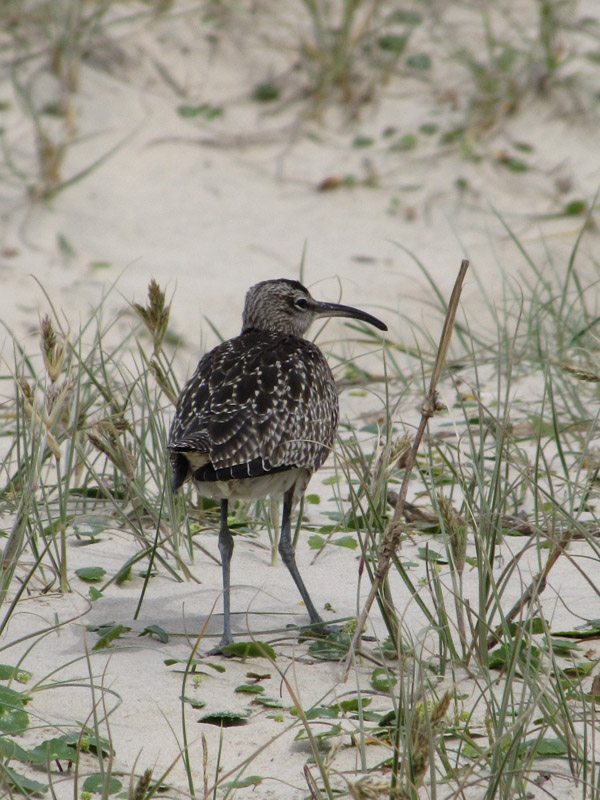Hunter Local Land Services (LLS) is calling on visitors to the Hunter and Port Stephens estuaries to watch out for threatened shorebirds, with new signs installed across the region highlighting key feeding and nesting sites as part of a major tracking and protection program.
Funded by the Federal Government’s National Landcare Program, the project is identifying threats to shorebirds and developing strategies to protect them, including research, habitat restoration, and community engagement.
Shorebirds, also known as waders, are a group of long-legged birds that live on the fringes of lakes, estuaries and coastlines, feeding on worms and crustaceans.
Senior Project Officer with Hunter LLS, Reegan Walker, said many people don’t realise that there are so many threatened shorebird species in the region.
“There are five threatened shorebirds species that travel to the Hunter and Port Stephens estuaries every year from their Arctic breeding grounds,” he said.
“Incredibly, researchers have recorded non-stop flights of around 9,000 kilometres during these journeys.”
The project is funding the installation of a large-scale radio tracking system to provide highly accurate 24-hour information detailing shorebird movements within each estuary – the first such system in Australia.
“Migratory shorebirds come here with one key objective: to gain enough weight to sustain them on their long flight back to their breeding ground,” Mr Walker added.
“They must eat as much as possible, and when not eating, they must rest to conserve their energy.
“We are working with the University of Newcastle to find out exactly where these birds are feeding and resting, so we can ensure those sites are properly managed.”
Visit Hunter Local Land Services’ website for more information.






